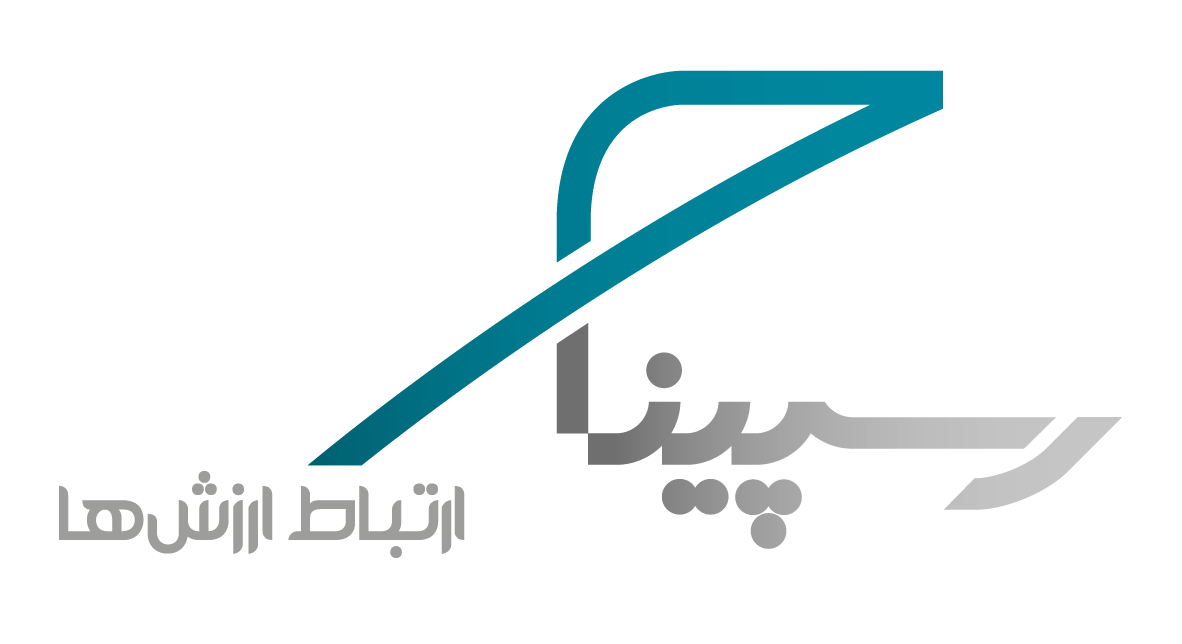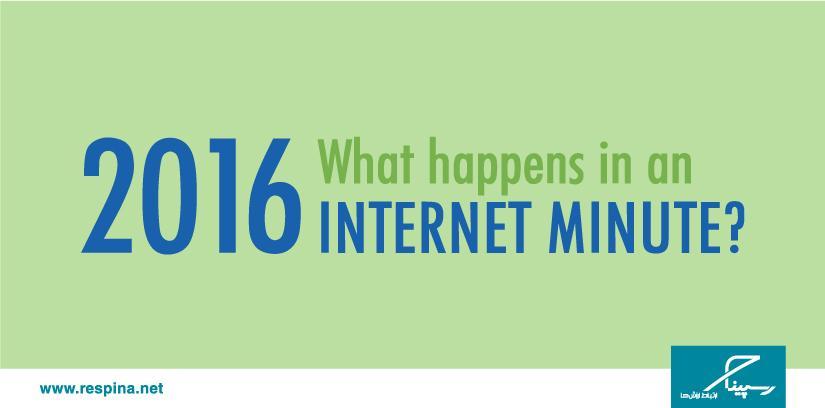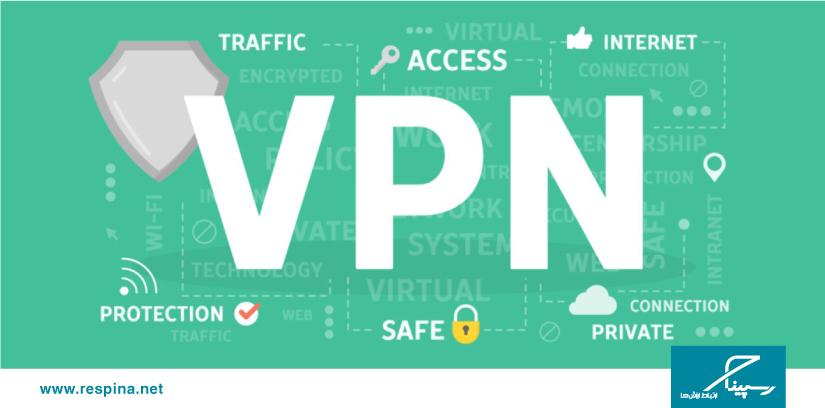انواع سرویس اینترنت را بیشتر بشناسید
امروزه اینترنت عضو جدانشدنی بیشتر کسبوکارها است. با پیشرفت تکنولوژی و گسترش حضور کسبوکارها در فضای مجازی، استفاده از اینترنت روزبهروز در حال افزایش است. داشتن یک سرویس اینترنتی متناسب با نیازها، یکی از مهمترین عوامل در موفقیت و بهبود عملکرد کسبوکارها است. در نتیجه پیش از خرید سرویس اینترنت خود، بهتر است انواع سرویس اینترنت را بشناسید تا بتوانید بهترین سرویس را با توجه به نیازهای خود انتخاب کنید.
انواع سرویس اینترنت:
روشهای متفاوتی برای اتصال به اینترنت وجود دارد و هرکدام از آنها ویژگیهای متمایزی نسبت به یکدیگر دارند. در ادامه بهطور خلاصه انواع سرویس اینترنت و تفاوتهای آنها با یکدیگر را بیان میکنیم:
DSL
DSL مخفف عبارت Digital Subscriber Line است. این سرویس با استفاده از خط تلفن (بدون اشغال خط) اتصالی با سرعت بالا را در اختیار کاربران قرار میدهد. ازآنجاییکه DSL مبتنی بر خطوط تلفن است، رایجترین سرویس برای کاربران خانگی است. این سرویس قابلدسترس است و شرکتهای زیادی در در ایران این سرویس اینترنتی را ارائه میدهند.
DSL نسبت به سرویسهای دیگر مقرونبهصرفهتر است اما سریعترین سرویس اینترنتی موجود در بازار نیست. سرعت و کیفیت اتصال DSL، با بیشتر شدن فاصله بین استفادهکننده و ایستگاه سویچینگ کاهش پیدا میکند. به عبارت دیگر این سرویس معمولا موقعیت مکانی نزدیک به شرکت ارائهدهنده سرویس استفاده میشود. اینترنت DSL هر جا که یک شبکه تلفنی موجود باشد، در دسترس است و یک اتصال مطمئن و مقرون به صرفه را ارائه میدهد. با استفاده از این سرویس میتوانید بدون هیچ تداخلی بهطور همزمان از اینترنت و تلفن استفاده کنید.
DSL سرویس اینترنتی ثابت است که توسط دارندگان پروانه FCP و SRVCO ارائه میشود. در ادامه انواع سرویس اینترنت DSL را به اختصار معرفی میکنیم.
ADSL
ADSL یا Asymmetric Digital Subscriber Line یک نوع DSL نامتقارن است. ADSL یک تکنولوژی طراحی شده برای ارائه سرعت اتصال بیشتر از طریق خطوط اینترنت نسبت به سرویسهای اینترنت Dial-Up قدیمی است. منظور ار نامتقارن این است که در این سرویس اینترنتی سرعت آپلود و دانلود متفاوت است. به دلیل این که کاربران معمولی(خانگی) بیشتر از آپلود مطالب، دانلود میکنند در نتیجه سرعت دانلود معمولا از سرعت آپلود بیشتر است.
سرعت اینترنت ADSL با توجه به پهنای باند موجود در کابلکشی مسی تا ۵۰ مگابایت بر ثانیه است. لازم به ذکر است که سرعت و کیفیت ADSL2+ از ADSL بیشتر است. میانگین سرعت ADSL2+ بین ۱ مگابایت بر ثانیه (برای آپلود) و ۲۴ مگابایت بر ثانیه (برای دانلود) است.
VDSL
VDSL یکی دیگر از انواع سرویس اینترنت DSL است که مخفف Very High-Speed Digital Subscriber Line است. VDSL بر بستر کابل است و برای بر خلاف ADSL که از خطوط تلفن ثابت شهری استفاده میشود، برای استفاده از VDSL نیاز به کابلکشی دارید. VDSL نیز همانند ADSL نامتقارن است و معمولا سرعت بارگیری از سرعت بارگزاری بیشتر است. ارائهدهندگان پهنای باند VDSL را به عنوان اتصال سریعتر و با ثباتتری در مقایسه با سایر خدمات مبتنی بر مس مانند ADSL معرفی میکنند. سرعت دانلود VDSL در حالت ایدهآل ۵ برابر بیشتر از ADSL است.
SDSL
سرویس SDSL مخفف عبارت Symmetric DSL است و به دلیل متقارن بودن، سرعت دانلود و آپلود آن یکسان است. سرعت دانلود و آپلود SDSL ۲.۳ مگابایت بر ثانیه است در حالیکه سرعت دانلود VDSL تا ۵۲ مگابایت و آپلود آن تا ۱۶ مگابایت بر ثانیه میرسد.
SDSL نوعی سرویس DSL است که امکان سرویس تلفن آنالوگ را ندارد. این بدین معنی است که شما یا سرویس تلفنی نخواهید داشت و یا نیاز به استفاده از اتصال تلفنی دیجیتال یا VoIP دارید.
Wireless
یکی از شیوههای استفاده از خدمات پهنای باند، استفاده از ارتباط بیسیم یا Wireless است. همانطور که از نام آن مشخص است، در این سرویس از کابل و خط تلفن استفاده نشده و در عوض از فرکانس رادیویی استفاده میشود. ارتباط بیسیم علاوه بر اینکه پهنای باندی بسیار بیشتر و پایدارتری نسبت به DSL ارائه میدهد، هزینهی نصب و راه اندازی را به میزان محسوسی کاهش میدهد. در ادامه به معرفی انواع سرویس وایرلس (Wireless) میپردازیم.
Wireless اشتراکی
در سرویس اینترنت بیسیم اشتراکی، مشترکین بدون نیاز به خط تلفن یا کابل میتوانند با نصب تجهیزات رادیویی درجایی که به پاپسایت ارائهدهنده سرویس دید دارد (مانند پشتبام) از پهنای باند فرکانسی در بستر وایرلس استفاده نمایند. نکته مهم درباره این سرویس، وجود یک رادیو طرف پاپسایت و ارسال فرکانس به چند مشترک است (point to multipoint).
پهنای باند اختصاصی
سرویس پهنای باند اختصاصی بهصورت Point To Point ارائه میشود، یعنی به ازای هر مشتری یک رادیو سمت پاپسایت قرار دارد و فرکانس اختصاصا برای یک مشترک ارسال میشود. کیفیت و سرعت این سرویس در تمام ساعت شبانهروز تضمینشده است. این سرویس مناسب سازمانها و کسبوکارهایی است که به اینترنت نامحدود و اختصاصی برای انجام امور ارتباطی خود نیاز دارند. این سرویس نیز توسط شرکتهای دارای پروانه FCP و SERVCO ارائه میشود.

WiMAX
WiMAX مخفف عبارت World Wide Interoperability for Microwave Access به معنای قابلیت تبادل و استفاده از اطلاعات در سطح جهانی، با دسترسی به امواج ماکروویو است. وایمکس دسترسی به اینترنت را برای مناطقی که امکان دریافت اینترنت ثابت کابلی ندارند، فراهم میکند. مهمترین ویژگی وایمکس، سیار بودن و عدم محدودیت آن به یک مکان مشخص است. فنآوری وایمکس، از طریق دکلهای دوربرد، اینترنت را در ابعاد بسیار گسترده برای کاربران فراهم میسازد.
WiMAX مانند WiFi اما با سرعت بالاتر و در مسافتهای بیشتر برای تعداد کاربران بیشتر کار میکند. WiMAX امکان ارائه خدمات حتی در مناطقی که دسترسی به زیرساختهای سیمی دشوار است را دارد و همچنین توانایی غلبه بر محدودیتهای فیزیکی زیرساختهای سیمکشی سنتی را نیز داراست. این سیستم دارای دو مؤلفه اصلی است: یک برج WiMAX و یک گیرندهWiMAX
WiMAX مانند Wi-Fi میتواند با ارسال سیگنال از برج WiMAX از طریق اتصال سیمی، مستقیماً به اینترنت متصل شود. فرستندههای WiMAX میتوانند شعاع تقریبی ۲ کیلومتر را پوشش دهند در حالیکه برد Wi-Fi در حدود ۳۰ متر است. به عبارت دیگر، WiMAX بسیاری از hotspots پراکنده کوچک را به یک hotspot بزرگ وایرلس تبدیل میکند.
FTTH
FTTH مخفف عبارت Fiber to the Home است که از فیبر نوری برای دسترسی به اینترنت پرسرعت استفاده میکند. به این صورت که فیبر نوری از یک دفتر مرکزی به محل مشترک کشیده میشود و امکان استفاده از اینترنت را برای مشترک فراهم میآورد. تفاوت این سرویس با دیگر سرویسها این است که در این فناوری تمامی مسیر ارتباطی از فیبرهای نوری پرسرعت تشکیل شدهاست. دارندگان پروانههای FTTX و FCP در چارچوب مقررات رگلاتوری میتوانند سرویس FTTH یا فیبر نوری را ارائه دهند.
TD-LTE
سرویس TDD-LTE مخفف عبارت Time Division Duplexing – Long Term Evolution است. TD-LTE سرویس ثابت بیسیم است که توسط شرکتهایی که پروانهی FWA دارند، ارائه میشود. سرویس TD-LTE نیاز به مودم و سیمکارتهای مخصوص دارد. سیمکارت در مودم قرار میگیرد و صرفاً وظیفهی دریافت و ارسال اطلاعات را بر عهده دارد. (امکان برقراری تماس تلفنی و ارسال پیامک ندارند.) TD-LTE محدودیتهای سرویس ADSL اعم از محدودیتهای مکانی و نیاز به خط تلفن را ندارد.
از مزایای این سرویس میتوان به افزایش ظرفیت بالا در انتقال داده، کاهش هزینههای پیادهسازی و بهرهگیری و تخصیص ظرفیت پویا به جریانهای Uplink یا Downlink که باعث بهبود تجربه کاربری میشود، اشاره کرد. با استفاده از این تکنولوژی به جای تقسیم پهنای فرکانسی، دریافت و ارسال بر روی یک پهنای باند فرکانسی و در بازههای زمانی متفاوت انجام میشود. در نتیجه میتوان از تمامیظرفیت پهنای باند برای ارسال یا دریافت اطلاعات استفاده کرد و سرعت ارسال و دریافت اطلاعات افزایش مییابد.
اینترنت همراه
در حال حاضر ارائهدهندگان خدمات تلفن همراه، اینترنت مبتنی بر شبکههای سلولی (Cellular network) را روی خط تلفن به مشترکین خود ارائه میدهند. سرعت بالای این سرویس باعث شدهاست که بتوان آن را با سایر انواع سرویس اینترنت مقایسه کرد. بدون نیاز به مودم و یا تجهیزات پیچیده، اتصال به اینترنت انجام میشود؛ اما از معایب اینترنت همراه میتوان به پوششدهی نامناسب در برخی از نقاط کشور، تعرفه بالا، تأثیرپذیری از شرایط جوی و پشتیبانی نامناسب نام برد.
اینترنت همراه در ایران با استفاده از تکنولوژیهای 4G، 3G و GPRS ارائه میشود. سرعت در تکنولوژی 4G بسیار بالا و پایدار است و با استفاده از آن به راحتی میتوانید فایلهای مختلف با حجم بالا را آپلود یا دانلود کنید. نسل قبلی اینترنت همراه، یعنی تکنولوژی 3G، سرعت پایینتری نسبت به 4G دارد و زمان لود آن نسبتا بالاتر است. هر دستگاهی که از تکنولوژی LTE پشتیبانی کند، با ارتقای سیمکارت خود به 4G میتوانید از اینترنت همراه با سرعت بالا بهرهمند شوید. برخی از اپراتورها نیز از نسل جدید 4.5G پشتیبانی میکنند که بارگیری تا حداکثر ۳۰۰ مگابایت بر ثانیه را نیز ممکن میسازد.
شرکت دادهپردازی رسپینا دارندهی پروانه FCP و برترین شرکت توزیعکنندهی پهنای باند اختصاصی در ایران، با بهکارگیری بهروزترین فنآوریها مفتخر است با بیش از ۵۰۰۰ شرکت در ۶۰ صنعت مختلف همکاری کند و توانسته است انواع نیازهای ارتباطی و اینترنتیها مشتریان را رفع نماید. برای کسب اطلاعات بیشتر از سرویس پهنای باند اختصاصی رسپینا به این صفحه مراجعه فرمایید.












دیدگاهتان را بنویسید
برای نوشتن دیدگاه باید وارد بشوید.